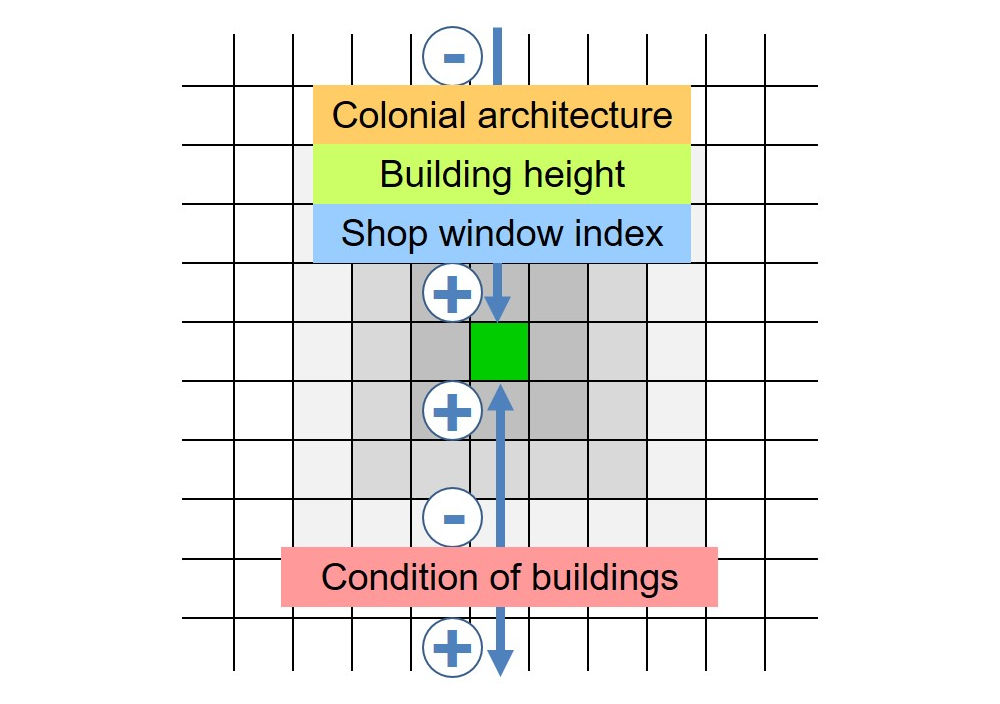

Those who are crossing the Paso de Jama between San Pedro de Atacama and San Salvador de Jujuy might see a huge bus labelled Cruz del Sur. Those who are very attentive will also note that this bus has Peruvian number plates. Indeed, it serves one of the longest regular bus connections worldwide, linking Lima and Buenos Aires. These two cities were already important at colonial times, and so was the traffic line connecting them. Salta was founded in 1582 as a kind of service station facilitating the long and exhausting journey. Since the area of the city centre neither has particular topographic features - it is situated in a wide valley - nor was it destroyed by earthquakes or gained extraordinary importance later on, it serves as a classical example of a well-preserved Spanish colonial town - in contrast to cities like Iquique, Valparaíso, or Mendoza. Therefore it is also called la Linda (the Beautiful).
You can change the view by clicking into the title photo.















